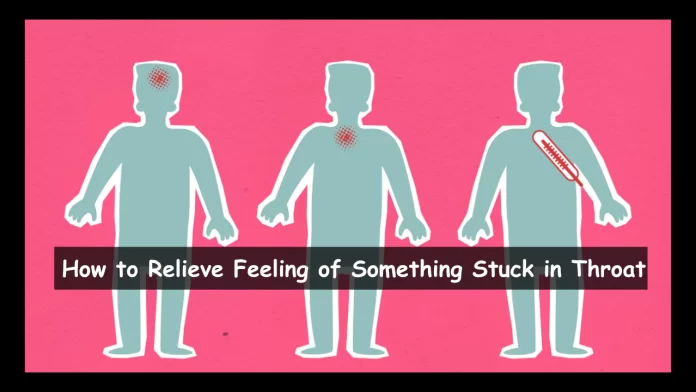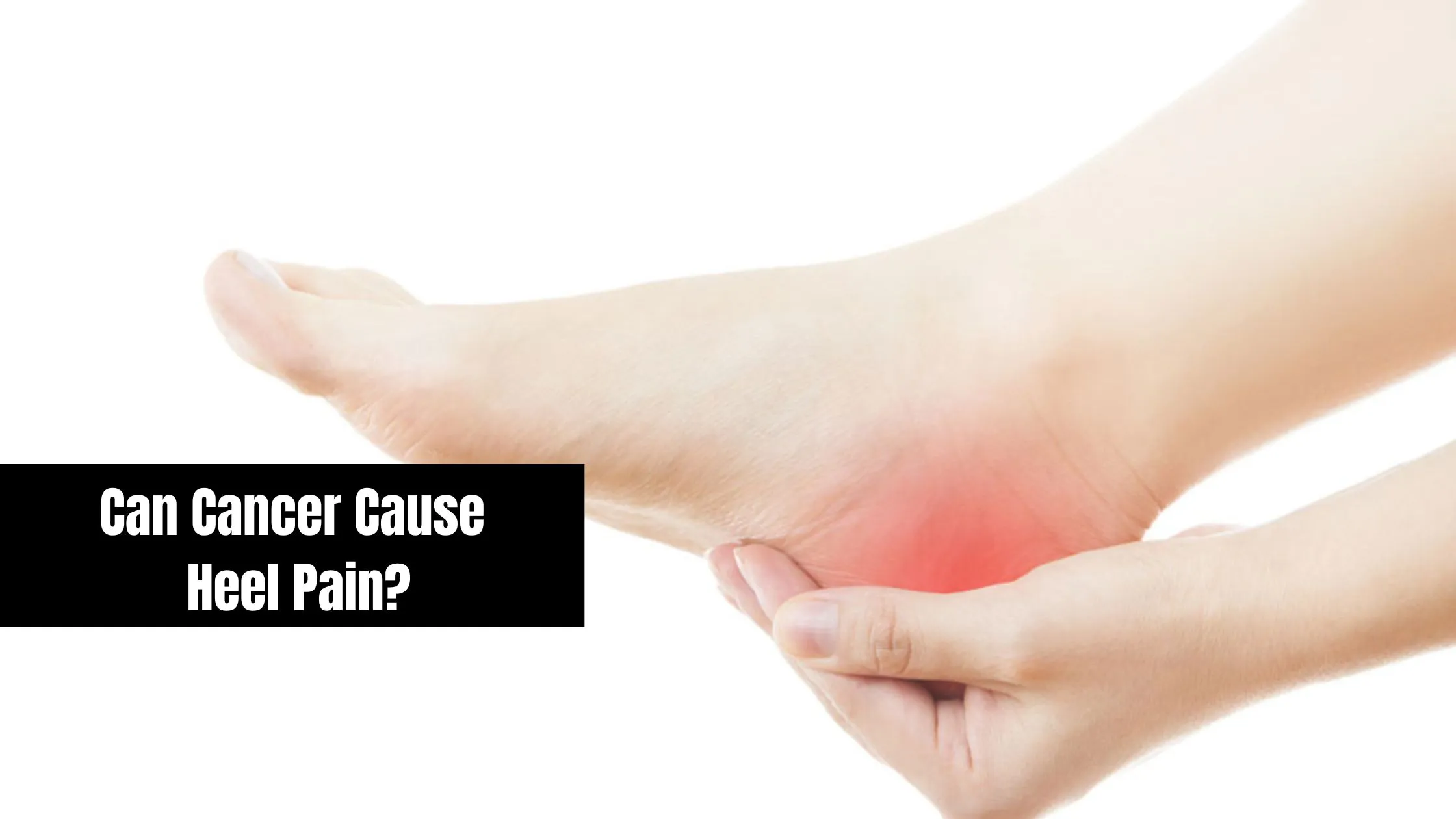Phentermine is a generally used medicine to useful resource weight loss efforts, specially in individuals suffering with weight problems. While it may be effective in supporting people to lose weight, it’s essential to be aware of capacity facet outcomes, especially for ladies. This article will discover the phentermine side effects in females greater detail, specializing in how they can have an effect on women’s health and well-being.
Common phentermine side effects in females
- Menstrual Irregularities
- Mood Swings
- Decreased Libido
- Breast Tenderness
- Dry Mouth
- Insomnia
- Digestive Issues
Rare but serious side effects of phentermine in women
While most side effects of phentermine are common and manageable, there are some rare but potentially serious side effects experienced by women.
- Cardiovascular Issues
- Pulmonary Hypertension
- Psychiatric Effects
- Allergic Reactions
- Valvular Heart Disease
How to reduce the risk of phentermine side effects in females
The risk of side effects is higher in women than in men. This is thought to be because women have lower levels of the enzyme that breaks down phentermine, which means the drug stays in their systems longer
There are many things women can do to reduce the risk of side effects from phentermine.
- Start with a low dose and gradually increase as you add.
- Supplement with food to reduce stomach upset.
- Avoid caffeine and alcohol, as this can increase side effects.
- Drink plenty of water to stay hydrated.
- Pull exercise regularly, but avoid exercising too close to bedtime.
- Sleep properly.
- Talk to your doctor about any other medications, as they may interact with phentermine.
RELATED: Advice For Husbands After Hysterectomy
What to do if you experience phentermine side effects
Experiencing side results while taking phentermine can be concerning, but it is essential to address them promptly and efficiently. Here’s what to do if you enjoy phentermine facet consequences:
Contact Your Healthcare Provider
If you come across any facet effects, specifically if they’re intense or chronic, contact your healthcare issuer at once. They can provide guidance on whether you ought to hold taking the medication, regulate the dosage, or stop it altogether.
Follow Medical Advice
Your healthcare company will evaluate your unique state of affairs and endorse suitable actions. This may additionally encompass enhancing your treatment plan, switching to a different medicine, or addressing the aspect consequences via different methods.
Stay Hydrated
If you experience a common facet effect like dry mouth, try to stay properly-hydrated by ingesting plenty of water during the day. Sipping on water can assist alleviate this symptom.
Monitor Blood Pressure
Keep track of your blood strain if it is a problem, as phentermine can grow blood strain. Follow your healthcare issuer’s instructions for tracking and document any giant changes promptly.
Adjust Lifestyle
Consider making life-style modifications to help control certain facet effects. For instance, if you’re experiencing insomnia or jitteriness, try and avoid caffeine and stimulants, especially in the nighttime. Establishing an everyday sleep routine may additionally assist.
Phentermine alternatives for females
Some common alternatives to phentermine are as follows.
- Contrave (naltrexone and bupropion).
- Lomaira (phentermine) oral
- Mounzaro (tirzepatide) injection
- Saxenda (liraglutide) injections
- Wegovy (semaglutide) injections
Conclusion
Phentermine, a medication used for weight loss, will have facet results in females. These facet effects may additionally encompass dry mouth, insomnia, improved coronary heart rate, and anxiety. To reduce risks, it’s essential for girls to use phentermine below scientific supervision, follow prescribed dosages, make lifestyle adjustments, and record any facet effects to their healthcare provider.
If you want to get knowledge about phentermine side effects in females through video, then watch the complete video given below:-
I hope you liked our article on phentermine side effects in females, if you have any comments or suggestions do share them in the comments below.
Related Faq Of Phentermine Side Effects
Q1: What should women do if they miss a dose of phentermine?
Ans: If a dose is missed, the woman should take it as soon as it is reminded, unless she is close to the next scheduled dose. The dose should not be doubled to compensate for the omission.
Q2: Are there any long-term side effects of phentermine in women?
Ans: Long-term use of phentermine can lead to tolerance, dependence, or addiction. It is generally recommended for short-term use under medical supervision.
Q3: Can women take phentermine while breastfeeding?
Ans: Phentermine is not recommended for women while breastfeeding, as it can be absorbed into breast milk and can be harmful to the baby.
Q4: Can phentermine and birth control pills interact in women?
Ans: Phentermine has no direct interaction with most birth control pills. However, it is always advisable to consult a health professional for the advice that is right for you.









